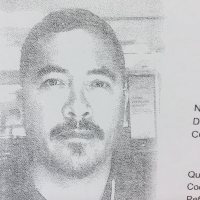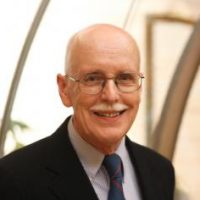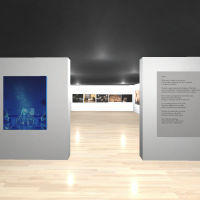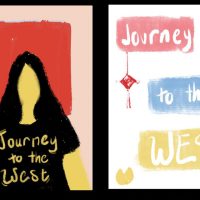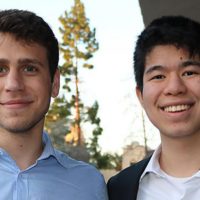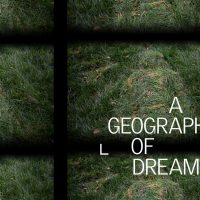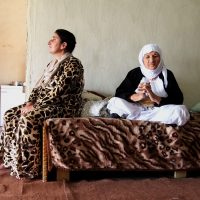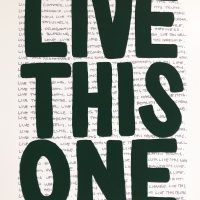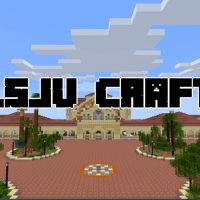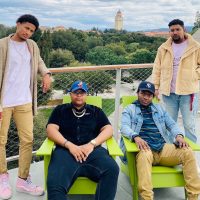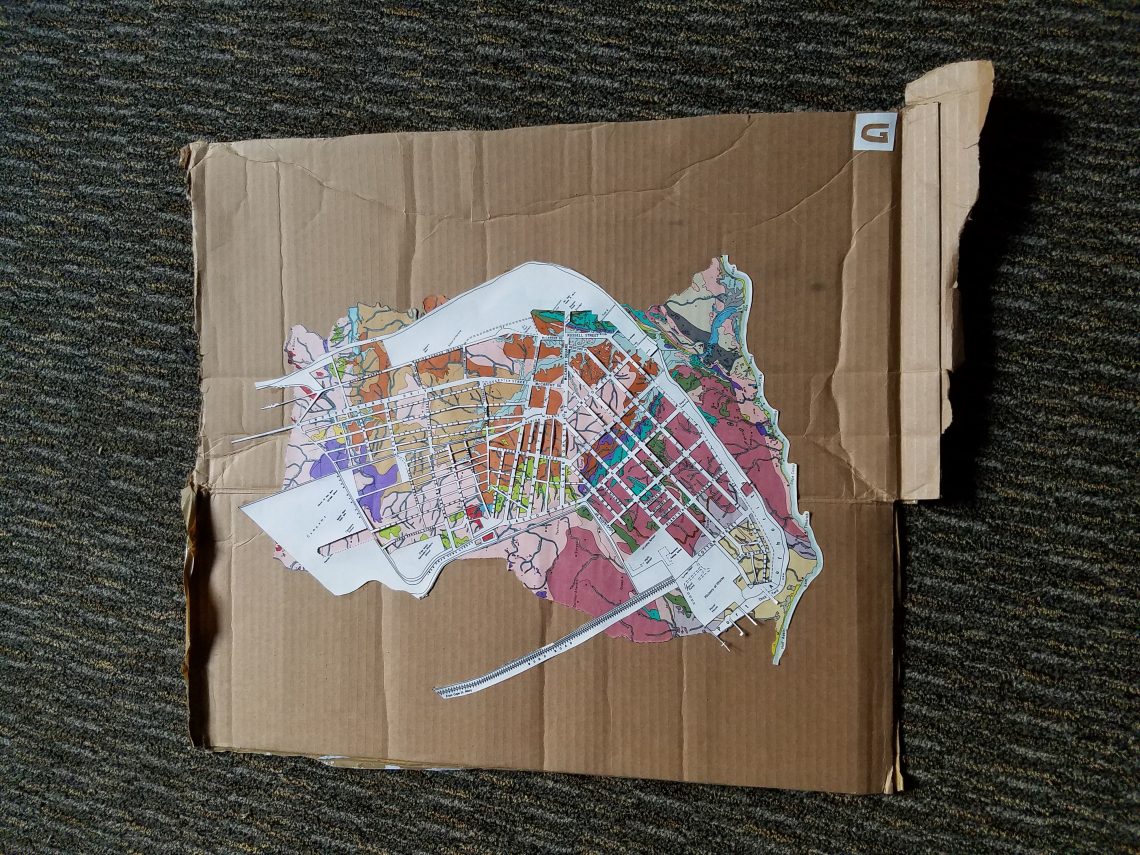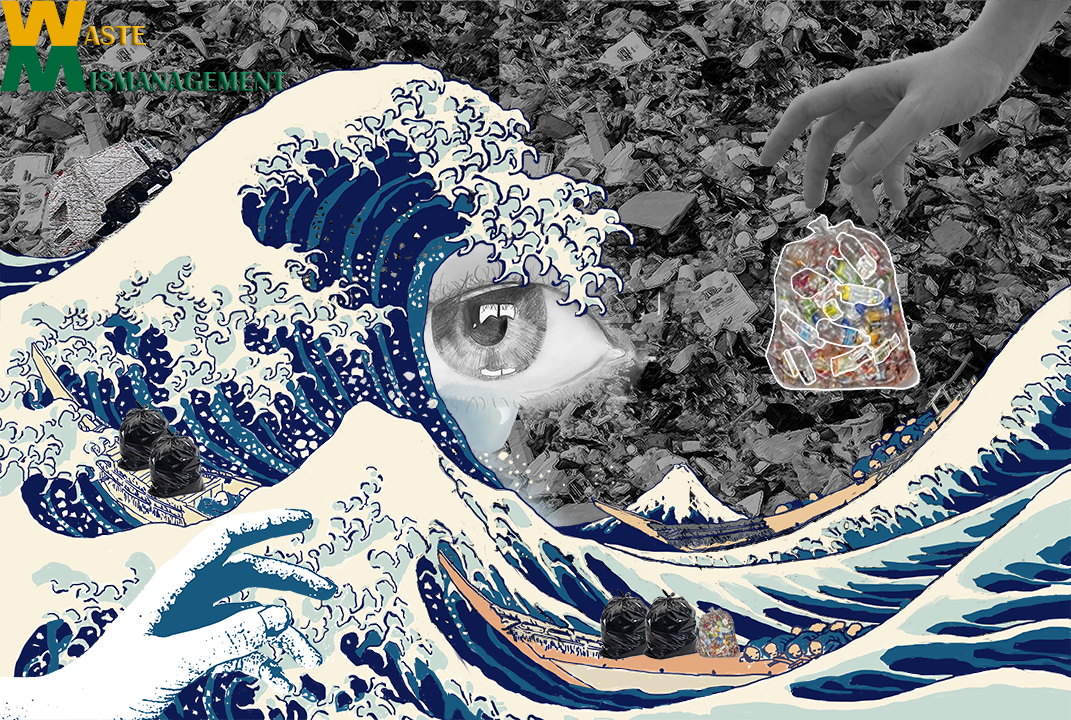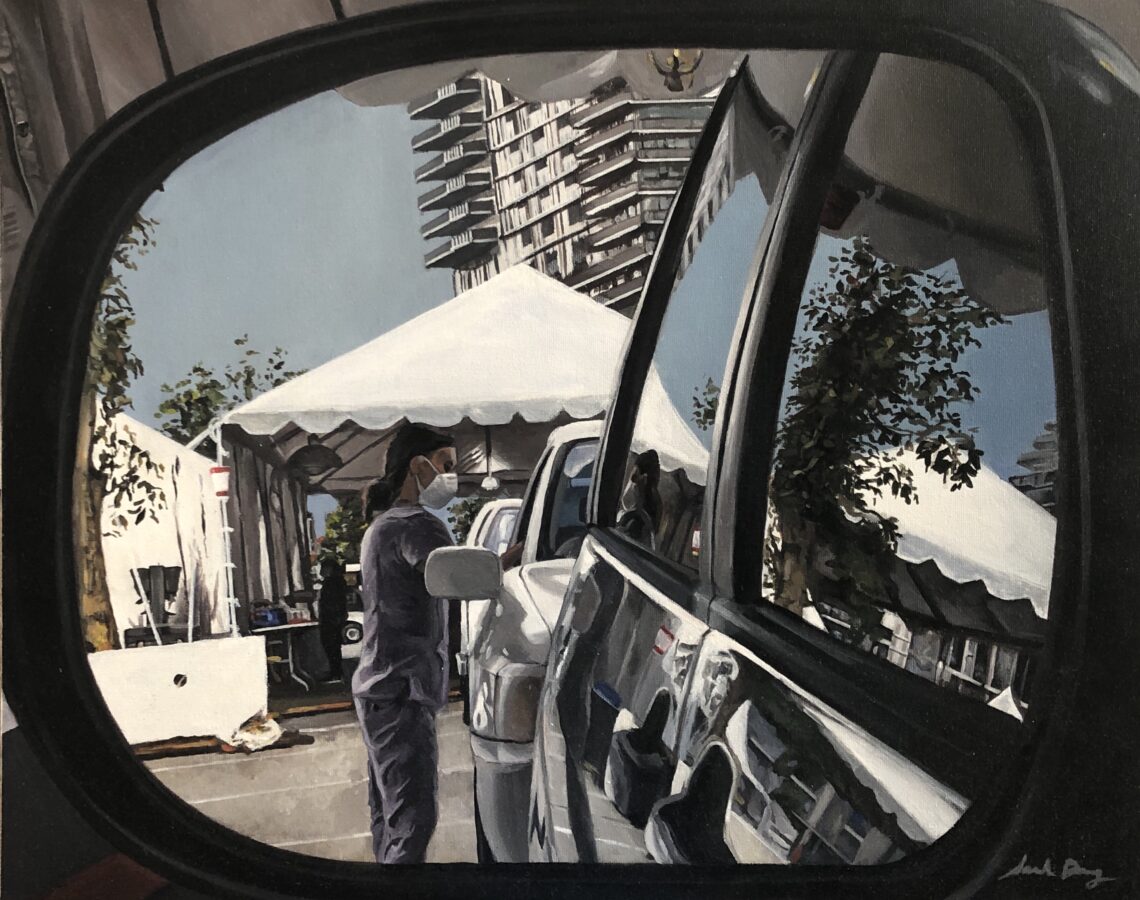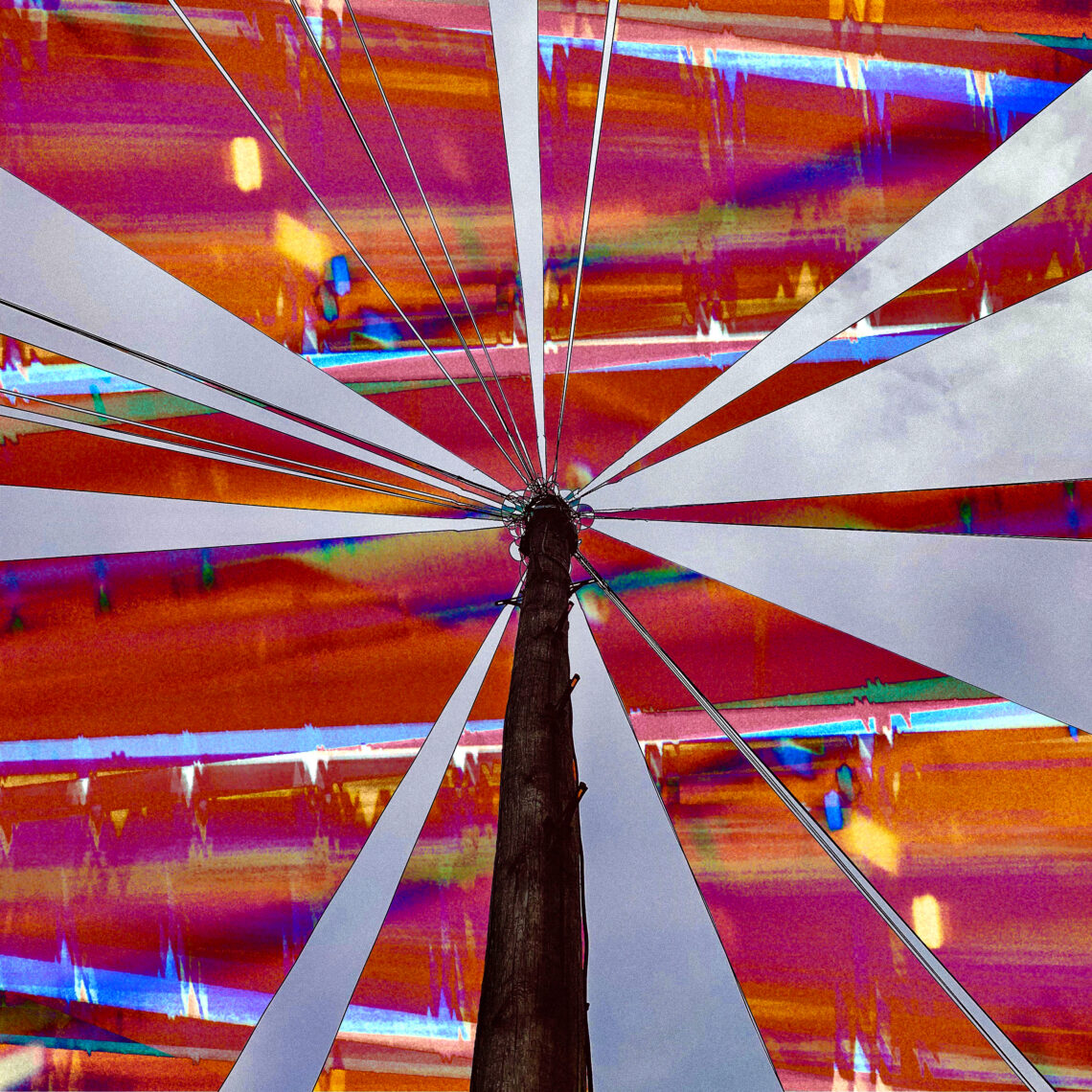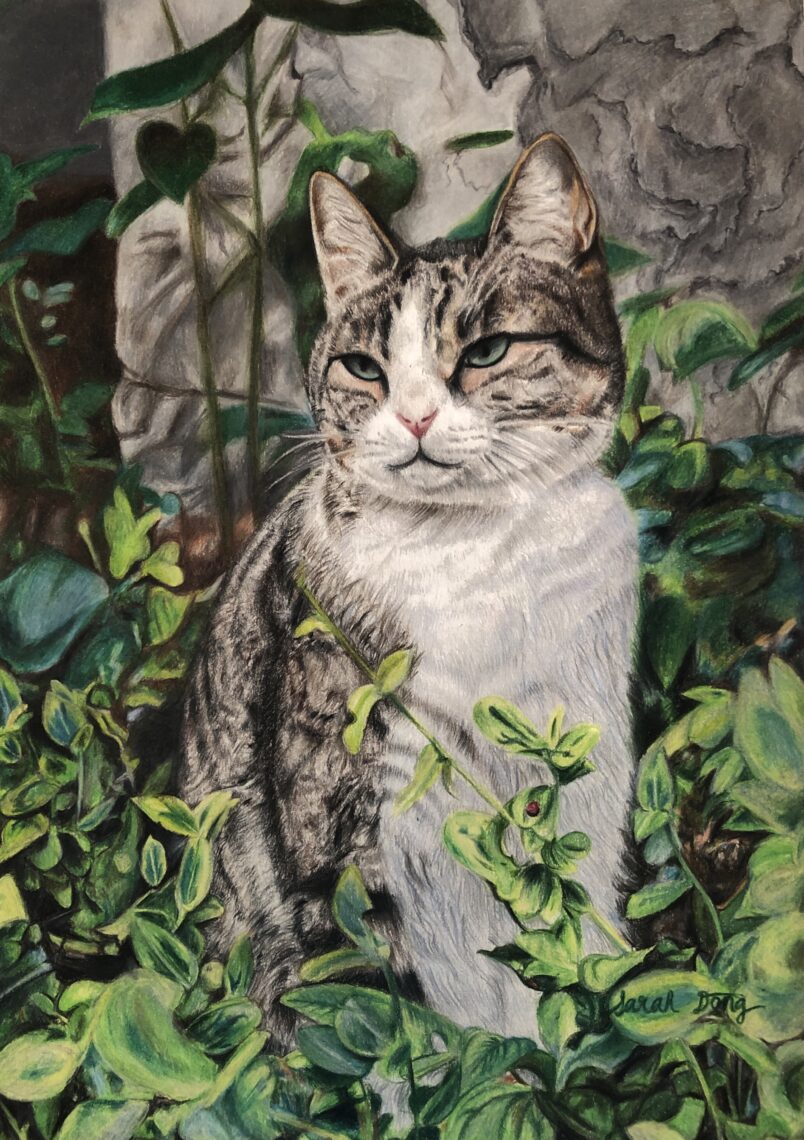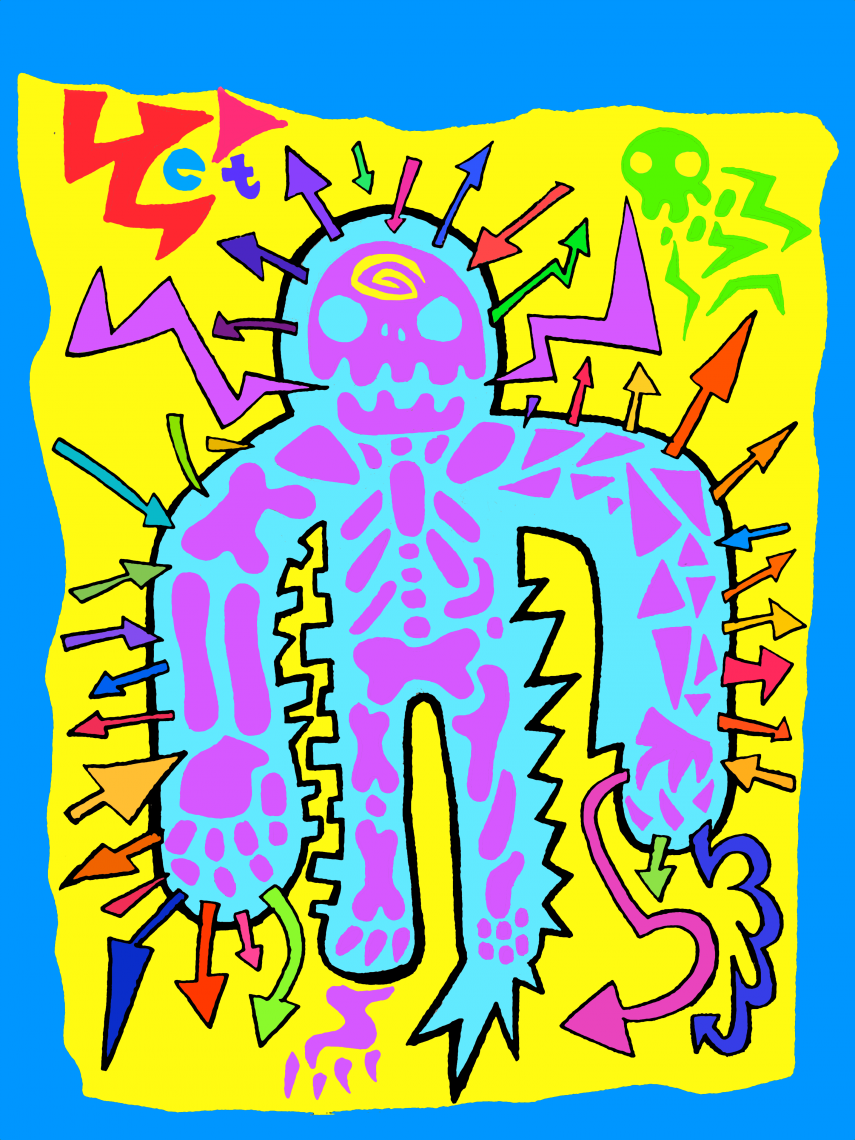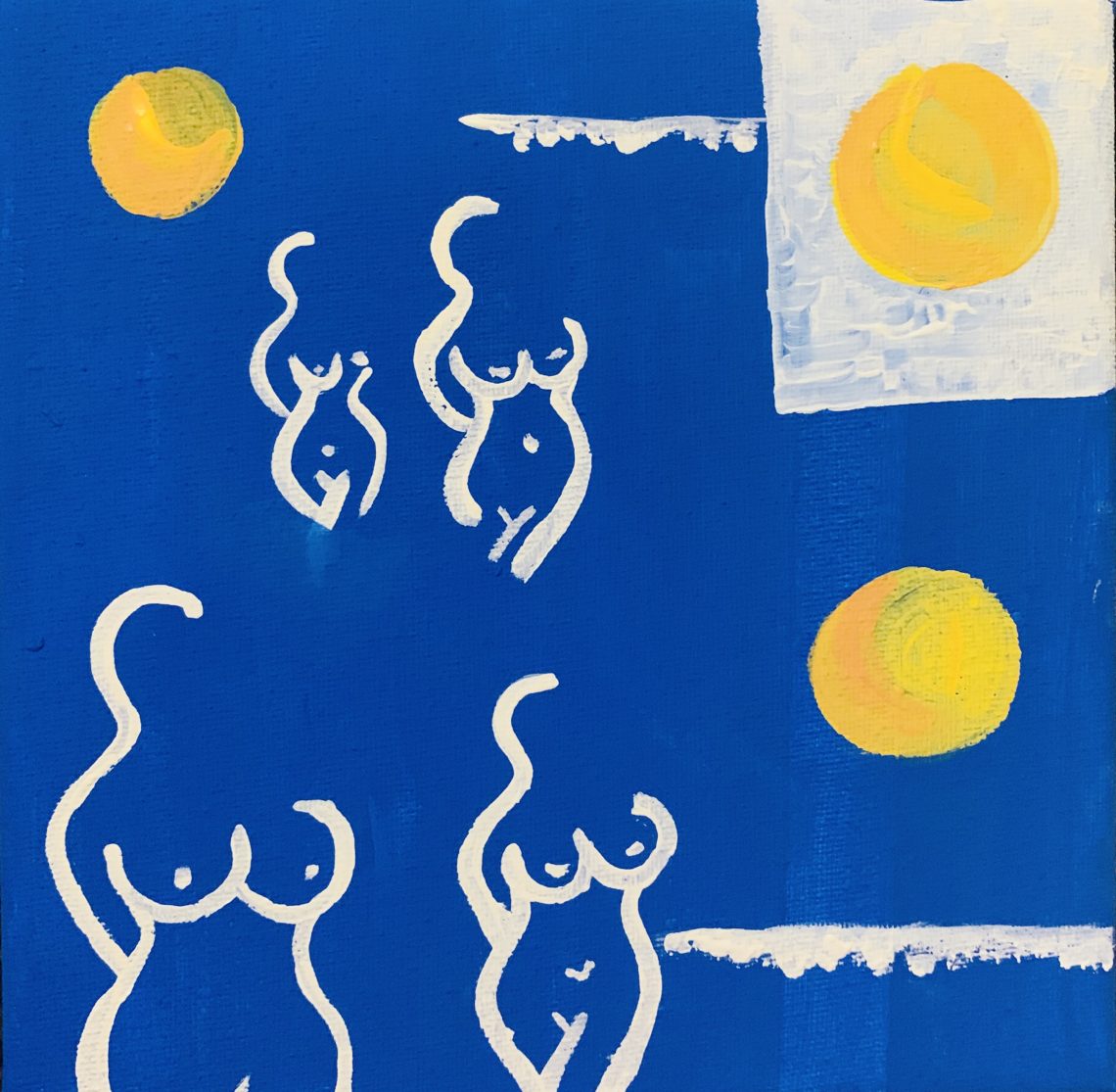Campus Stories - Posts
Eamon Ore-Giron Named to Presidential Residency at the Anderson Collection
In the Stanford tradition of providing a home for art and artists who advance dialogue on contemporary issues, the Anderson Collection at Stanford University will welcome visual artist Eamon Ore-Giron to campus for the 2020-2021 Presidential Residency on the Future of the Arts. “The Anderson Collection seeks to be a destination for discourse around modern and contemporary…
Paul V. Turner, art history professor emeritus, named 2020 Fellow by Society of Architectural Historians
The Board of Directors names as Fellows of the Society of Architectural Historians individuals who have distinguished themselves by a lifetime of significant contributions to the field. These contributions may include scholarship, service to the Society, teaching and stewardship of the built environment. The 2020 Class of Fellows include Paul V. Turner, Professor Emeritus of the…
Staff and students collaborate to showcase student art
This year’s Spring Art Fair, like most campus events, is virtual by necessity. Initially conceived as an exhibition in Roble Arts Gym organized by the Office of the Vice President for the Arts (VPA) and the student group Professional Art Society of Stanford (PASS), the fair is now a virtual experience. Claudia Dorn, VPA manager…
Honors in the Arts seniors present capstone projects to the public via video essays
This year’s cohort of 16 Stanford Honors in the Arts (HIA) students presented their capstone projects by way of publicly accessible video essays, fulfilling the final requirement for the year-long interdisciplinary program. The projects employ a wide range of artistic media and genres, including creative writing, studio art, film and theater. They also demonstrate the inspiration…
Student winners of the Stanford Concerto Competition play on
Earlier this year, sophomores ADDISON JADWIN and ETHAN CHI won the annual Stanford Concerto Competition. The sophomores planned to perform concertos with the Stanford Symphony Orchestra (SSO) this year, but the COVID-19 pandemic interrupted those plans. Jadwin and Chi. (Image credit: Adriana Ramirez Mirabal) Jadwin was to perform the Walton Viola Concerto this quarter and Chi planned to perform the…
The Faculty Women’s Forum presented its Outstanding Leader Award to Jisha Menon
The Faculty Women’s Forum, which acts to enable women faculty members to thrive at Stanford, presented its inaugural awards – for outstanding leadership and outstanding sponsorship – to two faculty members on Monday at a virtual ceremony. The Faculty Women’s Forum presented its Outstanding Leader Award to Jisha Menon, an associate professor of theater and performance studies in…
“Here and Elsewhere,” a virtual exhibition and tour
Here and Elsewhere highlights the work of sixteen graduating students of art practice. During this unprecedented time, students have continued their studies from as far away as New York, Ohio, Arkansas, Massachusetts, and Florida. With impressive resoluteness, they have continued to push forward to make the works presented in this exhibition. Using the 3D modeling program SketchUp to…
Solidarity, anguish and action
With yet another Black person, George Floyd, killed at the hands of the police, all across this country protestors have swarmed into streets, risking disease and death. When the words of a people are consistently unheard, their bodies will speak. They will march on the streets, they will declare their pain, and they will make…
Stanford’s art museums present new digital teaching resources
Each year hundreds of classes and thousands of students and scholars from across campus rely on the Cantor Arts Center and Anderson Collection at Stanford University for access to the art, artists and ideas comprising more than 40,000 objects in the museums’ collections. Though there is no substitute for experiencing art in person, the Cantor and Anderson Collection are…
“A Geography of Dreams,” a virtual exhibition and tour
This exhibition, curated by Professor Xiaoze Xie, is the culmination of the yearlong honors thesis program in art practice, this group exhibition showcases works by: Rawley Clark, Harry Cole, Ashley Michelle Hannah, Maxwell Menzies, Pham Minh Hieu and Nicholas Robles.
Department of Music salutes 2020 Deans’ Award winners
We would like to congratulate four winners of the 2020 Deans’ Awards for Academic Achievement, each of whom have included the Department of Music in their Stanford activities while majoring in other areas: Léa Bourgade (upper left) is a senior majoring in Human Biology. Having played the violin for 17 years, she seeks to combine her musical…
Student photographs showcase the beauty and diversity of the world around us
A snapshot of a shrub growing amidst the smooth sand dunes of the Gobi Desert – where signs of life are largely absent – is the winner of the 2020 Stanford Global Studies Student Photo Contest. Captured by international relations major SERENA ZHANG when she was interning in China one summer, the winning image, Life, Rooted, inspires a feeling…
Painting your mantra workshop
The Office of Vice President for the Arts has created a grant program that cultivates artistic engagement during the COVID-19 pandemic. The COVID-19 Creative Community Response Grant is open to students, faculty and staff, in recognition of the impact COVID-19 has had on the entire Stanford community and the need for everyone to find new modes of…
Online recorder choir welcomes all
The Office of Vice President for the Arts has created a grant program that cultivates artistic engagement during the COVID-19 pandemic. The COVID-19 Creative Community Response Grant is open to students, faculty and staff, in recognition of the impact COVID-19 has had on the entire Stanford community and the need for everyone to find new modes of…
Stanford, but in Minecraft
The Office of Vice President for the Arts has created a grant program that cultivates artistic engagement during the COVID-19 pandemic. The COVID-19 Creative Community Response Grant is open to students, faculty and staff, in recognition of the impact COVID-19 has had on the entire Stanford community and the need for everyone to find new modes of…
Podcasting from an empty campus
The Office of Vice President for the Arts has created a grant program that cultivates artistic engagement during the COVID-19 pandemic. The COVID-19 Creative Community Response Grant is open to students, faculty and staff, in recognition of the impact COVID-19 has had on the entire Stanford community and the need for everyone to find new modes…




